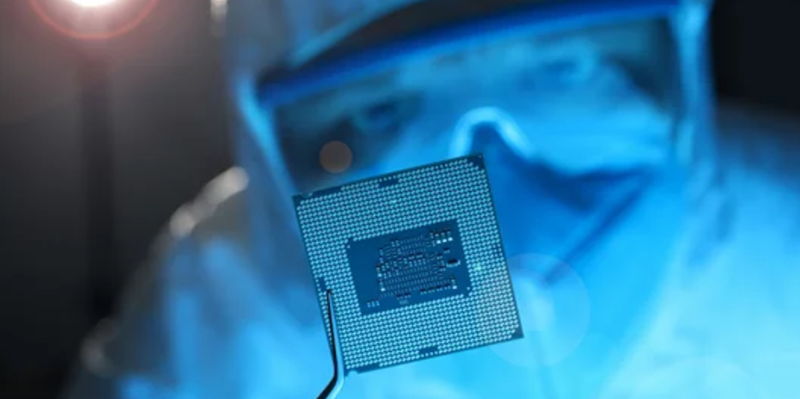Scientists at the Surgical Robotics Laboratory of the University of Twente have achieved a groundbreaking development in the field of collaborative magnetic microrobotics. By successfully collaborating two minuscule magnetic microrobots to manipulate and assemble passive objects in three-dimensional space, they have opened up a world of opportunities, particularly in the biomedical sector. This achievement has the potential to revolutionize surgery and various other industries, catapulting the field of robotics into new realms of efficiency and precision.
Role of Robotic Systems in Modern Industries
Over the years, incorporating robotic systems into various industries has proven to be a game-changer. These systems have significantly enhanced efficiency and precision while reducing costs and maximizing productivity. Whether it’s manufacturing, logistics, or healthcare, the integration of robotics has improved operations in countless ways.
Advantages of Magnetic Actuation in Microrobotics
Among the various methods used for actuation in microrobotic systems, magnetic actuation stands out for several reasons. Its precision, biocompatibility, and deep penetration capabilities make it a preferred technique in numerous applications. In the context of microrobotics, magnetic actuation offers unparalleled control and maneuverability.
Advantages of Microrobots for Grasping and Transporting Passive Objects
Microrobots powered by magnetic fields possess distinct advantages when it comes to grasping and transporting passive objects. Unlike traditional micromanipulation techniques, these tiny robots can magnetically grasp and transport objects with remarkable ease and accuracy. This newfound capability opens up a range of possibilities for industries where delicate manipulation is crucial.
Promise of Collaborative Grasping with Multiple Microrobots
One of the most promising aspects of collaborative magnetic microrobotics is the ability to perform grasping tasks using multiple microrobots. By controlling multiple agents to surround and grasp passive objects, this approach offers unprecedented control and dexterity. The potential applications for this technology are vast, encompassing fields such as manufacturing, assembly, and even surgery.
The role of a closed-loop controller in the system is to ensure the stability and precision of the collaborative magnetic microrobotics system. This custom-made controller plays a pivotal role by continuously monitoring and adjusting the microrobots’ movements and interactions with passive objects. As a result, it enables precise pose control with remarkable accuracy. The system achieves position control within approximately 300 µm and orientation control within 10°, showcasing the advancements made in microrobotic control systems.
Reconfigurability and Diverse Applications of Magnetic Agents
One of the most intriguing aspects of magnetic agents used in collaborative microrobotics is their reconfigurability. The ability to modify their configuration opens doors to a wide range of applications. From the assembly and actuation of micromechanisms to biomedical applications, these magnetic agents offer a highly versatile solution for a myriad of microscale tasks.
Capability of Magnetic Microrobots to Actuate Soft or Liquid Components
In addition to their capabilities with rigid passive components, these collaborative magnetic microrobots have demonstrated the ability to actuate soft or liquid components as well. This expands their potential further, allowing for applications in the manipulation of biological tissues or precise drug delivery systems. The versatility of these microrobots showcases their potential impact in a variety of fields.
The research conducted at the Surgical Robotics Laboratory of the University of Twente is part of the European RĔGO project within the Horizon Europe program. This ambitious project aims to develop AI-powered, micro-sized, untethered, stimuli-responsive swarms of robots. By setting the stage for future technological advancements, the RĔGO project aims to reshape the landscape of robotics and automation across numerous industries. The collaboration between academia, industry, and technology experts ensures that cutting-edge innovations continue to drive progress in the field.
The breakthrough in collaborative magnetic microrobotics achieved by scientists at the University of Twente’s Surgical Robotics Laboratory is truly remarkable. Offering unprecedented control, precision, and versatility, these microrobots have the potential to revolutionize not just surgery but also a wide array of industries. As the RĔGO project advances, leveraging AI-powered swarms of microsized robots, the future of robotics and automation looks incredibly promising. Undoubtedly, these advancements will reshape industries and pave the way for technological breakthroughs that were once considered science fiction. The impact of collaborative magnetic microrobotics is poised to be felt across various sectors, ushering in a new era of efficiency, precision, and innovation.

